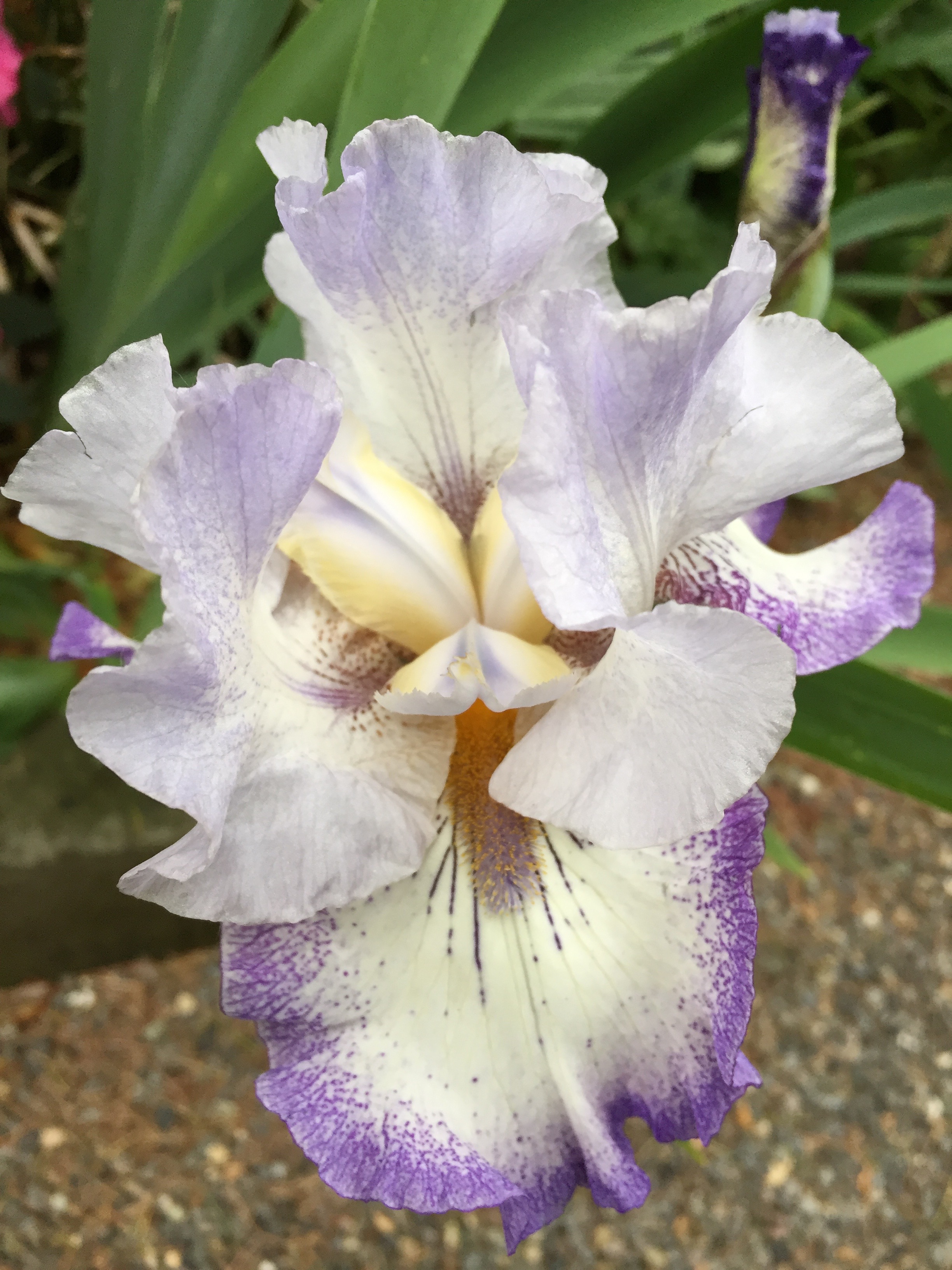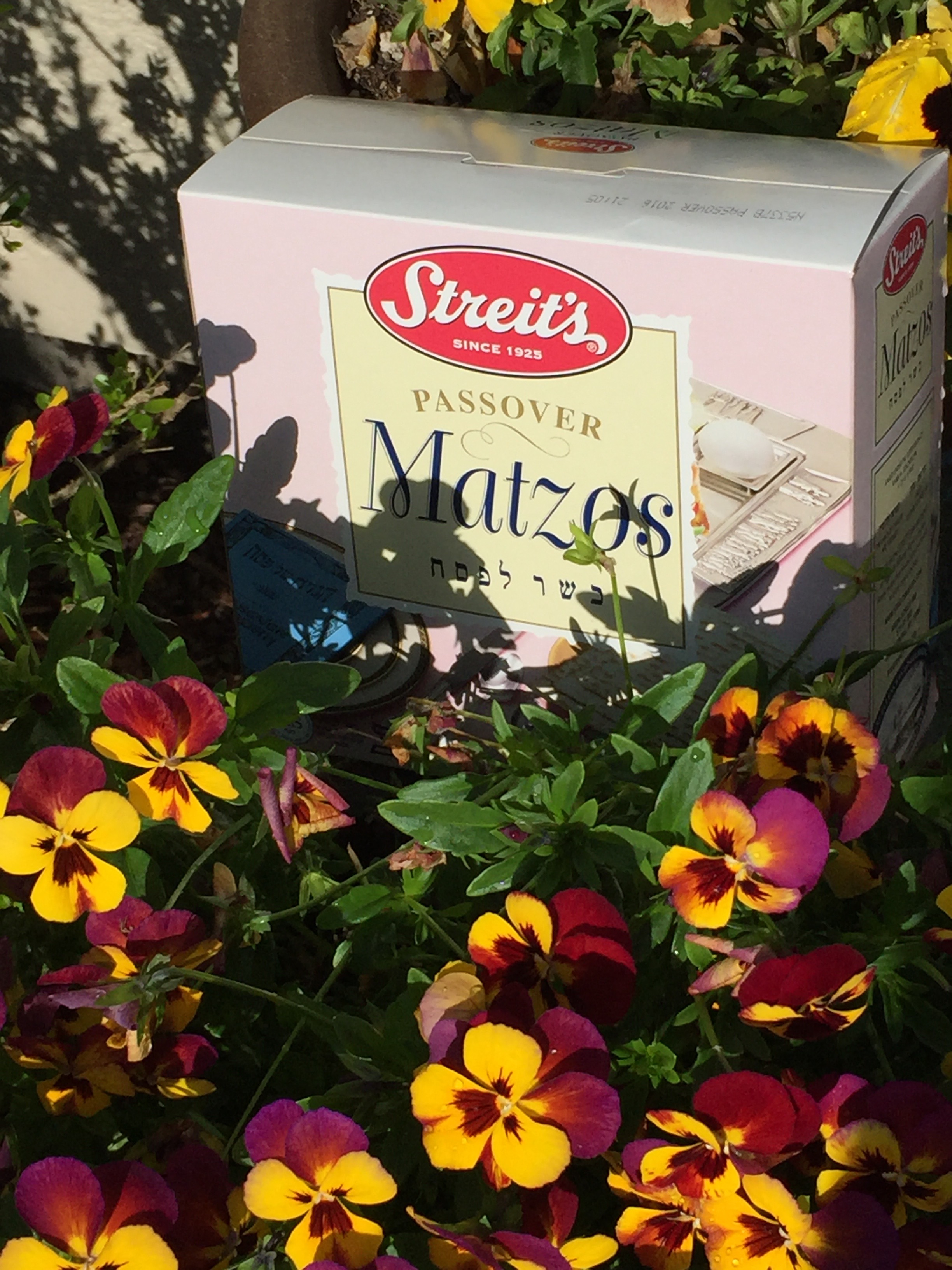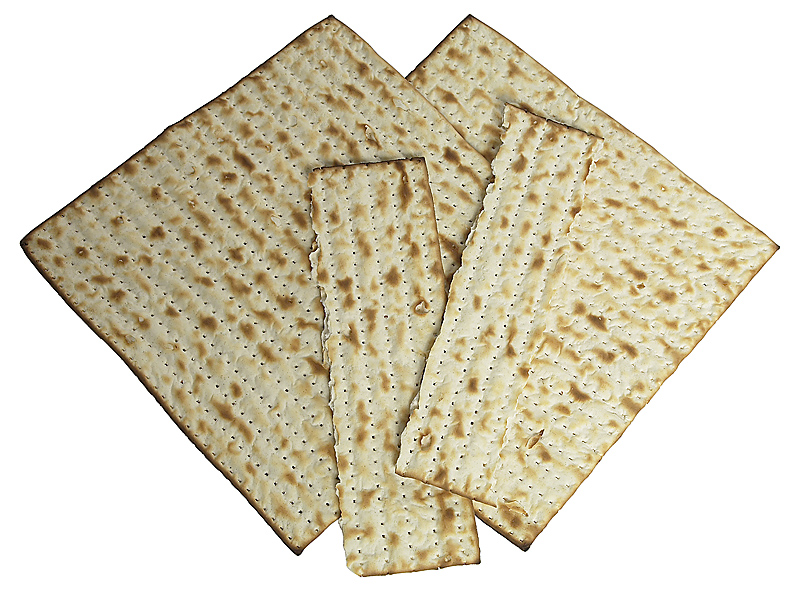Tag Archives: Feast of Unleavened Bread
New Video: Overcoming Sin & Obeying Torah Is Easy Through Yeshua
Why the box of matzot in the pansies?
What speaks of YHVH’s glory more than flowers?
Yeshua thought so. He declared that all the glory of Solomon’s kingdom wasn’t even equal to that of a common lily.
Amazing! Men get all excited over their own creations: palaces, works of art, and great human accomplishments, yet we often overlooks the flowers. Why? Because flowers take the glory away from men and point it to Elohim where it all belongs.
That’s why I put the box of matzah in a planter full of pansies.
YHVH’s feasts, like the flowers, point to YHVH Elohim. The unleavened bread points to Yeshua, the Living Torah-Bread of Life who is the Creator of all including the flowers.
It all comes back full circle and it all fits together in my way of thinking like a puzzle making a beautiful picture. Matzot—flowers—Yeshua—the Torah—the Bread of Life— the Creator—the biblical feasts—the glorious beauty of Elohim.
Ponder, reflect, meditate, get in the river of life and enjoy!
Have a Joyous Last Day of the Feast of Unleavened Bread!
Video: Let us Celebrate the Feast of Unleavened Bread
Video: The Feast of Unleavened Bread Insights
The Feast of Unleavened Bread: Points to Ponder
The Feast of Unleavened Bread Is a Commemorative Ritual
Passover going into the first day of the Feast of Unleavened Bread is the birthday of the nation of Israel. In ancient times, universal Israel came together in Jerusalem to celebrate this event. Today, redeemed Israelites come together to celebrate these divine appointment sacred convocations.
Abstaining from leavened bread for seven days is symbolic of Elohim’s people separating themselves from sin and turning towards a holy relationship with him.
Removing leavening from our homes is a symbolic activity just like taking communion, being baptized for the remission of sins, or building a sukkah during the Feast of Tabernacles. As humans, we need symbolic commemorative occasions for several reasons. They give us a sense of history by helping us to understand the past, so that we can move forward into the future knowing who we are and where we’ve come from. They give us guidance so that we’ll learn from the lessons of history, both the good and bad ones. Our American culture is full of symbolic rituals and commemorative acts and markers (Christmas, Easter, birthdays, anniversaries, Independence Day, Memorial Day, Veterans Day, Thanksgiving Day, statues, historical markers, monuments, museums, heritage sites, etc.). Likewise, Biblical commemorative rituals help us in several ways.
They help us to both recall and commemorate past and future events.
They help us to understand who we are by recalling where we’ve come from which in turn helps us to understand where we’re going.
They can be something physical that helps us to wrap our minds around difficult-to-understand spiritual principle.
They are something physical that help to point us toward a spiritual reality. They help to raise our hopes and our eyes above our mundane existence and strengthen our faith as we move toward the higher goal or reality to which the ritual or commemorative event points.
They help us to teach and to pass on to each new generation not only about our past history, but our future hope.
Leavening Is a Picture of Sin
The observance of the Feast of Unleavened Bread is a symbol of our commitment to turn towards righteousness and turn away from sin. How serious we are about removing physical leaven from our homes in compliance with YHVH’s commands is an indicator of how serious we are about removing sin from our lives.
While leavening makes bread rise and is therefore a symbol for pride, leavening is also a Continue reading




